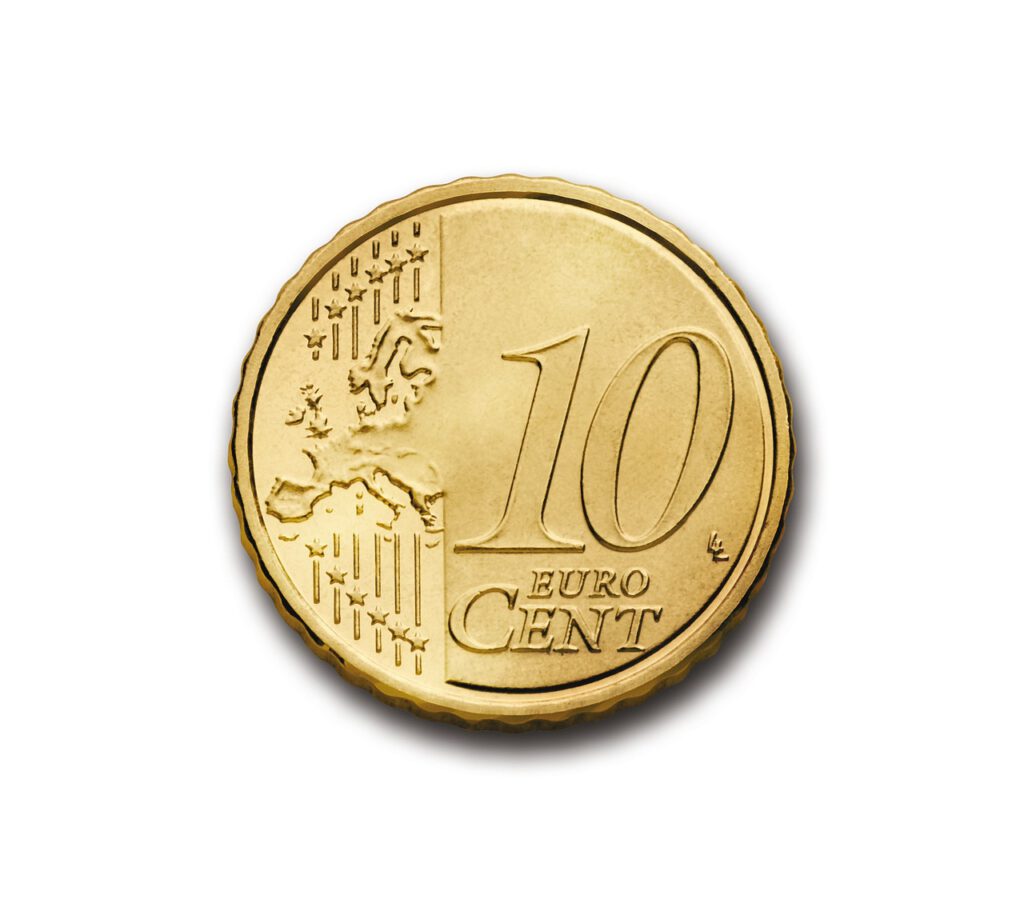Have you ever wondered why some countries are suddenly eager to escape the grip of the U.S. dollar? It might sound surprising, but there’s a quiet rebellion unfolding in the world of money. For decades, the dollar has been like a king at the global table, calling the shots in trade and finance. But now, more nations are questioning whether they should keep playing by America’s rules. Let’s dive into why this dramatic shift is happening and what it could mean for everyone, from world leaders to ordinary families.
The Dollar’s Reign: How Did It Begin?

The U.S. dollar didn’t just stumble into power by accident. After World War II, the world was desperate for stability, and the United States stepped up. Thanks to the Bretton Woods Agreement in 1944, the dollar was tied to gold, making it a trustworthy anchor for global trade. Countries everywhere started using it to settle deals, store wealth, and even measure the value of their own money. Soon, over half of the world’s foreign currency reserves were held in dollars. But like any ruler, the dollar’s dominance came with both benefits and burdens, especially for smaller or less powerful countries.
Sanctions: The Dollar as a Political Weapon

Imagine if someone could freeze your bank account just because you didn’t agree with them. That’s what U.S. sanctions feel like to some nations. The U.S. has used its dollar power to punish countries like Iran and Russia, blocking their access to global trade and financial markets. This has made some countries feel vulnerable, as if their economies could be upended with the stroke of a pen in Washington. Faced with this risk, these nations have started searching for ways to trade and do business without touching the dollar, hoping to protect themselves from sudden shocks.
China’s Yuan and the Rise of Other Contenders

The Chinese yuan has been quietly gaining ground as an alternative to the dollar. China’s economy is massive, and through projects like the Belt and Road Initiative, it’s encouraging others to use its currency for trade. Even the European Union dreams of making the euro a global heavyweight. Meanwhile, countries like Turkey and Brazil are experimenting with using their own money in international deals. This isn’t just about pride—it’s about gaining more control and flexibility in a world where the dollar’s rules can sometimes feel unfair.
Digital Money: A New Frontier

The world of money is changing fast, thanks to digital currencies. Central banks in places like China are rolling out new types of digital money, such as the digital yuan, which can be used for international trade. These digital currencies promise faster, cheaper, and more secure transactions—without needing to convert everything into dollars first. If more countries embrace digital alternatives, the dollar may lose some of its magic, making way for a more varied and balanced system.
Geopolitics: Alliances and Rivalries

Money isn’t just about math—it’s also about power and politics. When countries like Russia and China feel threatened by U.S. foreign policy, they often look for ways to sidestep the dollar. By trading in their own currencies or forming new alliances, they hope to create a world where the U.S. can’t use the dollar as a weapon. Many nations in Africa, Asia, and Latin America are also calling for a fairer system that doesn’t give one country so much influence over everyone else.
Globalization: New Trade Paths

As the world becomes more connected, countries are discovering new ways to trade that don’t always need the dollar. In Southeast Asia, for example, nations are making deals using their own local currencies. This helps them avoid costly currency conversions and gives them more say in how deals are done. Regional trade agreements are popping up everywhere, reflecting a hunger for more independence and less reliance on the U.S. dollar.
The Technology Factor: Faster, Smarter Payments

Technology is shaking up banking and payments in ways we never imagined. New systems allow countries to move money directly between themselves, skipping the dollar altogether. These systems can be faster, safer, and cheaper, making them very attractive to nations that want to modernize their economies. With each new innovation, the dollar’s central role gets a little bit weaker, as countries realize they have more options than ever before.
Inflation and U.S. Economic Policy

Every time the U.S. prints more dollars or changes its interest rates, the effects are felt worldwide. For countries holding lots of dollars, sudden changes can cause headaches—like inflation or swings in the value of their own money. Some nations are tired of being at the mercy of decisions made in Washington, especially when those decisions are meant to help Americans, not the rest of the world. By using other currencies, they hope to shield themselves from these unpredictable shocks.
National Pride and Economic Independence

There’s also an emotional side to this story. For many countries, relying on the dollar feels like giving up a piece of their independence. They want the freedom to make their own choices and shape their destinies without always asking permission from the U.S. Using their own money, or working with trusted partners, is a way to reclaim that pride and self-determination.
What It Means for Everyday People

All these changes might sound distant, but they can affect everyone. If more countries move away from the dollar, it could mean different prices for goods, new job opportunities, or even changes in how people send money abroad. Travelers might see new exchange rates, and businesses could face fresh challenges or possibilities. The world of money is always shifting, and these moves could shape the future in ways we can hardly imagine.
The Road Ahead for the Dollar

For now, the U.S. dollar is still the world’s favorite currency. But the cracks are showing, and more countries are bravely exploring new paths. The journey toward a world with many strong currencies will take time, and there will be bumps along the way. Still, the momentum is real, and the question on everyone’s mind is: what will the next chapter in global finance look like?




